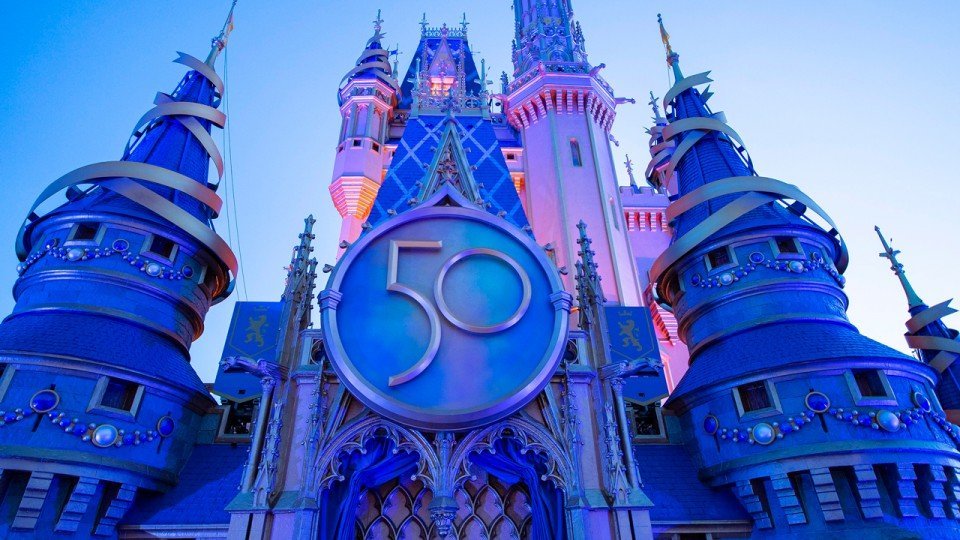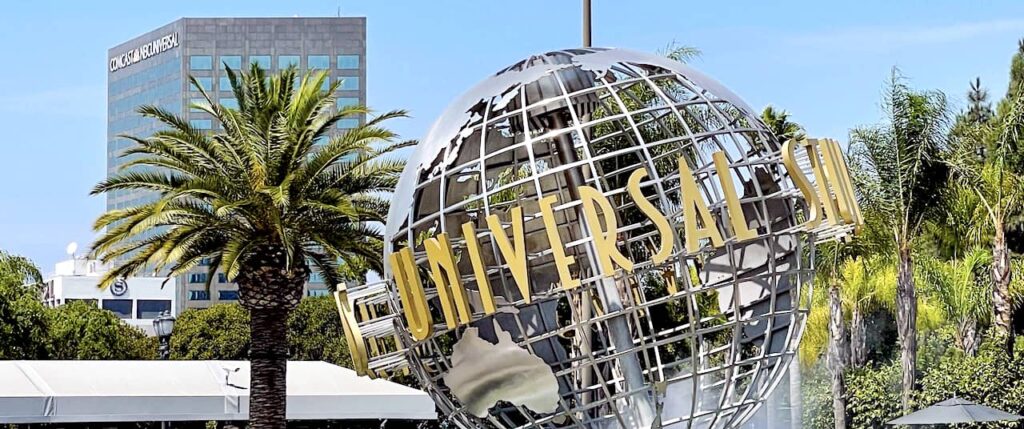June 15, 2024, 1:33 PM ·
It’s time for another “Hot Take Debate” on Theme Park Insider. Inspired by a response from Russell Meyer to my review of Universal’s new DreamWorks Land, our proposal this week is this: Resolved, theme parks should distribute their children’s attractions throughout the park, rather than concentrating them into a single land.
By distributing kiddie rides throughout the park, designers can help facilitate keeping families together as they explore. As Russell wrote, “Relegating the kids rides and playgrounds to a corner of the park… makes the little ones and their supervisors feel like second class citizens in the park and feel like they’re being put into ‘baby jail’ while everyone else is having fun on the big kid attractions.”For split families – ones with kids that fall above and below the height limits for thrill rides – a more even distribution of rides allows the family to maintain a sense of fair balance throughout their day. We do one ride for the younger kids and then another for the older (with a child switch). Putting all the children’s attractions into one land throws off that balance. Instead, the little kids will get to enjoy one block of time in “their” land while they remain on the sidelines in child swap zones for the rest of the day.Who wants that?Yes, one solution is to create a park without height limitations that will appeal to all ages. But that remains an ideal that no major park has been able to deliver into practice. Even the world’s most popular theme parks for families with kids – Walt Disney World’s Magic Kingdom and California’a Disneyland – offer attractions with a range of height restrictions. And while the Legoland parks are consistently great for elementary-age children, older kids and young adults will struggle to find a full day of thrills there.So why not mix it up and allow little kids and their older siblings (and parents) to enjoy attractions throughout the park?
Okay, here’s the flip side. Concentrating attractions in a dedicated kids’ land – such as DreamWorks Land or Camp Snoopy or Sesame Street – allows designers to apply their skills in creating immersive worlds to younger audiences. Dedicated kids’ lands also allow parks to open up the design of active play areas, so that they do not feel as isolated from their surroundings as they logistically need to be when placed among “big kid” attractions elsewhere in the park. If Poppy’s Playground, for example, were built next to Villain-Con Minion Blast, it would need a large protective wall around it, making it less appealing and attractive to toddlers than it is in DreamWorks Land, where the soft-play area can be presented without obstacle, since parties without little kids are highly unlikely to be walking through that area of the park.Ultimately, good design beats bad design, whether a children’s attraction is grouped with others or placed among “regular” attractions in a park. But we would love to hear what design philosophy you would prefer. Should parks design kids’ lands or spread those attractions around the park? Please tell us your thoughts in the comments.
* * *
To keep up to date with more theme park news, please sign up for Theme Park Insider’s weekly newsletter. And to help support Theme Park Insider while saving money on discounted theme park tickets, please visit our international and U.S. attraction ticket partners.
Replies (3)



